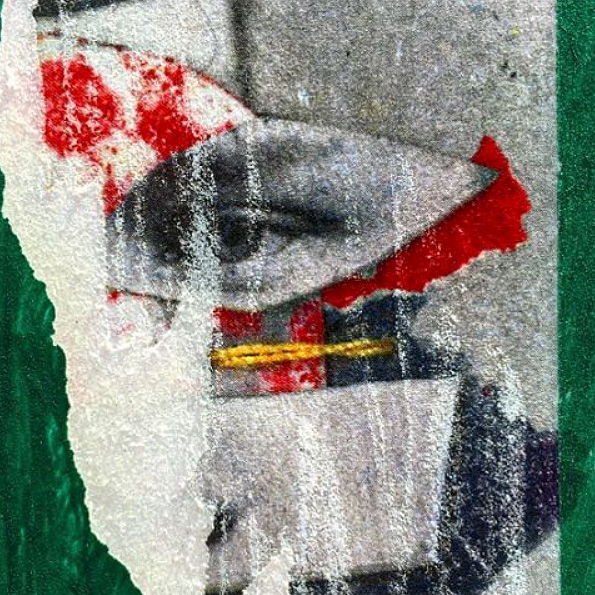
Travel and other opportunities to experience diversity can help us reveal and release our hidden biases
—
We all have an implicit bias.
Even good people have it — and this does not make them bad. Our biases are the results of social conditioning and cultural evolution; they are inevitable. It is important that we are aware of them and make an effort to understand our engrained beliefs so that we can take specific actions to become more inclusive of people different than ourselves.
In a recent travel to South East Asia, I was surprised to uncover my own bias. I define myself as pro-women, a first-line ambassador for gender equality who has made her mission to give voice to women and minorities. I was very pleased when I arrived in Vietnam and saw women managing hotels, shops, and the matriarchal villages as men were cleaning, serving, and taking care of children.
But when I saw women working hard in brick factories and on road construction, digging, lifting heavy stones, leveling asphalt, something happened and I had to stop and start noticing. Why was I so moved to see women working in what western society refers to as ‘men’s work’? Why was I clinging to the idea that this work was too hard for women? Did it mean that I have an implicit bias that makes me think women are weak and cannot do any type of job? Maybe yes.
I had to face this reality that despite the work I do to bring inclusion in the workplace, and despite my awareness on the role that implicit bias plays on the way we make decisions, I, myself, had judged a situation based upon my bias.
I do not want to discuss here what is the condition of women in these countries or in general; that topic deserves its’ own space. Instead, I would like to shine a light on our implicit biases. The process of overcoming a bias involves understanding what it is, how we got it, and what we are trying to protect by holding onto it. It’s important that we all become aware of our personal biases and then develop our own practice and skills to release them by being curious and attentive.
When I asked those women in Vietnam why they had chosen such a job and if the work was too hard for them, the answer I received was that the skills women bring to the table are needed to complete the work. I was told that men bring strength and women bring precision. Both are necessary. This simple explanation was a true lesson about authentic inclusion that I will never forget. True inclusion is bridging and accepting each other’s gifts and differences. It involves looking at each individual’s inner talents and strengths and bringing them together to accomplish a task, project, or goal.
To be able to accept differences we must start with being aware of them by getting exposed to different traditions and beliefs.
My own way to get exposed to differences has been through traveling. I travel to fill in the gaps of diversity and to find one world, one humanity that needs to be rescued from separation and ideology. By seeing the world I can accept a bit more of myself, particularly those emotions and thoughts hiding in the shadow. It is my opportunity to come into contact with the hidden parts of myself, and in so doing, I become more inclusive and accepting of myself and of others.
I understand that not everybody can or wants to travel. I invite you to explore other ways — your own ways — to get exposed to as much diversity as possible. That is how we can train our brain each day to become aware and to overcome implicit bias. We all confront situations that trigger our bias. However, the more we become attuned to differences, the faster we can recognize it and the faster we can shift: identifying our biases and replacing them with empathy and an openness to learn from other people and cultures.
You may also enjoy Podcast: Fateme Banishoeib | Followship: The Surprising Secret to High Impact Leadership